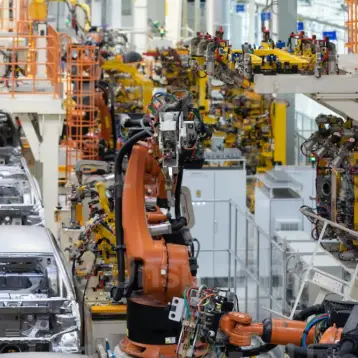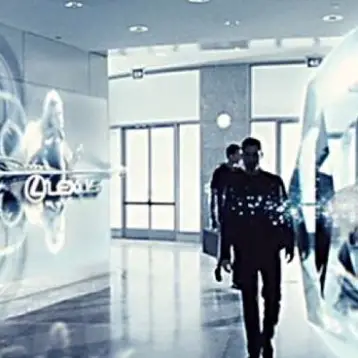|
Plastic Logic’s new device has an A4 sized display, can be continually updated via a wireless link, and can store and display hundreds of pages of newspapers, books, and documents. Richard Archuleta, the chief executive of Plastic Logic, said the display was sufficiently large enough to match a newspaper’s layout. “Even though we have positioned this for business documents, newspapers are what everyone asks for,” said Archuleta.
Another company vying to control the e-newspaper market is the Hearst Corporation. They own 16 daily newspapers, including the Houston Chronicle, the San Antonio Express, and the San Francisco Chronicle. Hearst was also an early investor in E-Ink, using this technology and to distribute electronic versions of some papers on Amazon’s Kindle.
According to Sriram K. Peruvemba, vice president of marketing at E-Ink, the advancement of color displays with moving images and interactive clickable advertisements would be available within a few more years. However, the ideal format of the flexible display which could be rolled or folded like a newspaper still has many years of development ahead.
|
At E-Ink’s headquarters recently, a demonstration was held showing prototypes of flexible displays that exhibit rudimentary colors and animated images. “By 2010, we will have a production version of a display that offers newspaper like color,” said Peruvemba. He also expects technology allowing users to write on the screen and view videos to be available within the next few years.
E-Ink‘s technology, commonly known as electronic paper (e-paper), is different from liquid-crystal display (LCD) used in modern computer monitors and televisions. This e-paper technology does not use a backlight and consumes power only when the content of the display changes. Contrasting to current display panels, which are barely visible in strong light, the e-paper’s display will look even brighter in daylight.
|
Compared to Amazon’s Kindle, Plastic Logic’s first display is 2.5 times larger and is only one-third of the Kindle’s thickness. However, it weighs two ounces more than Kindle, even though it uses a flexible, lightweight plastic as its cover. The display is expected to be on sale in the first half of 2009, according to the company.
TFOT has covered numerous electronic paper technologies in the past including “The Future of Electronic Paper,” an article covering the history, technology, and future of what is destined to be the second paper revolution. You can also check out our Cybook Gen3 e-Book review, based on the most recent electronic-paper technology from E-Ink, and more recently flexible computers thatconform to any shape.












